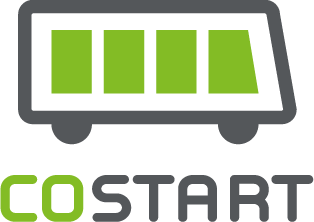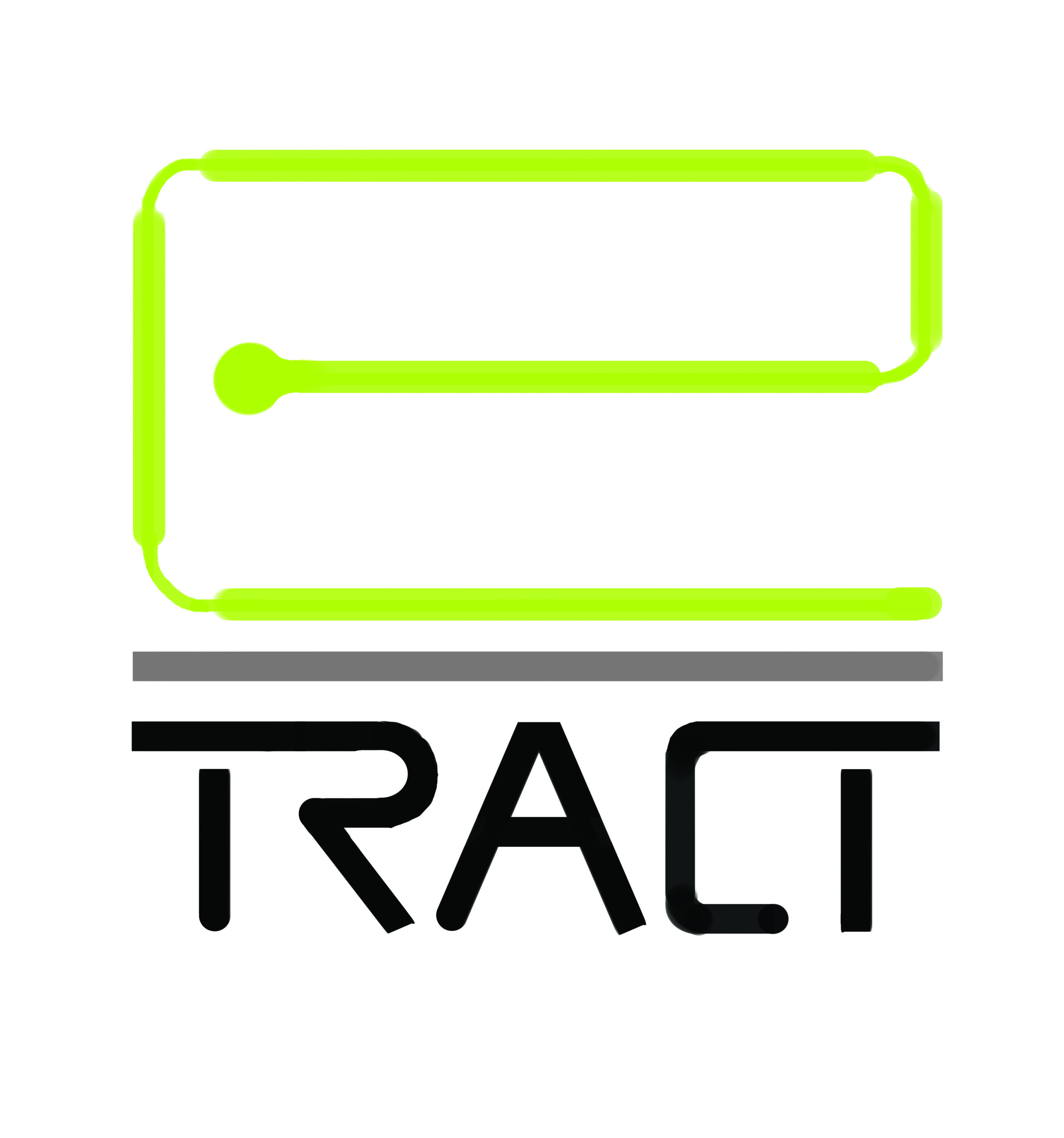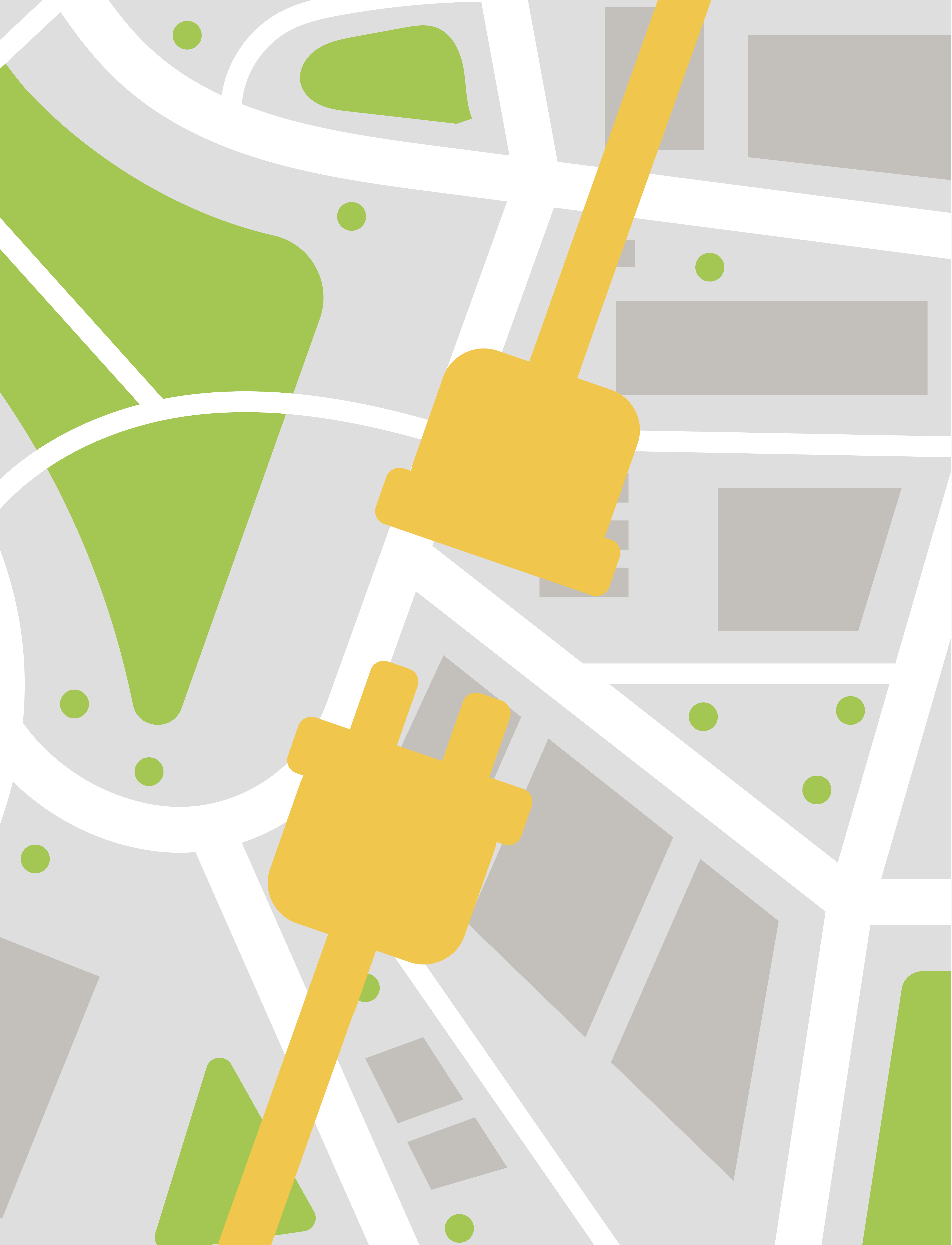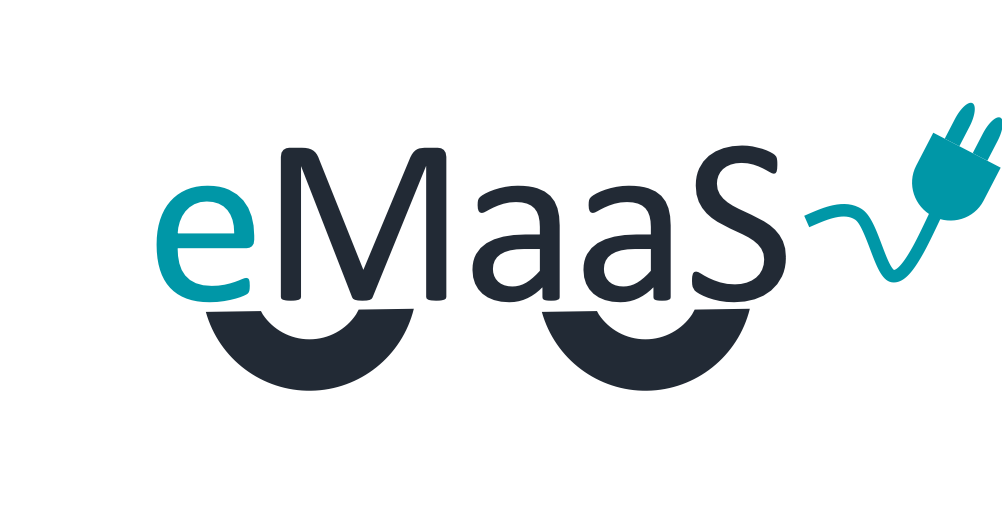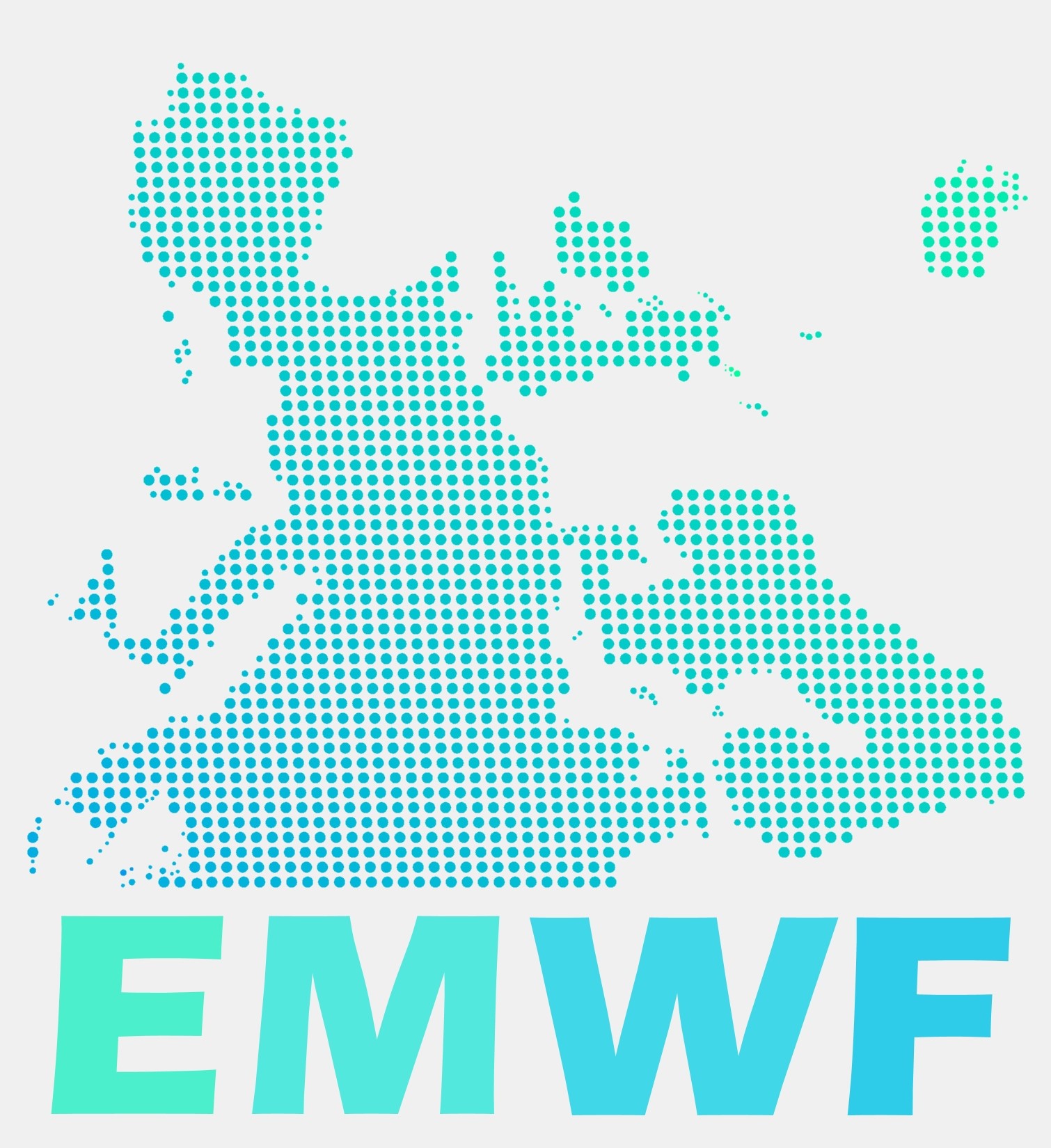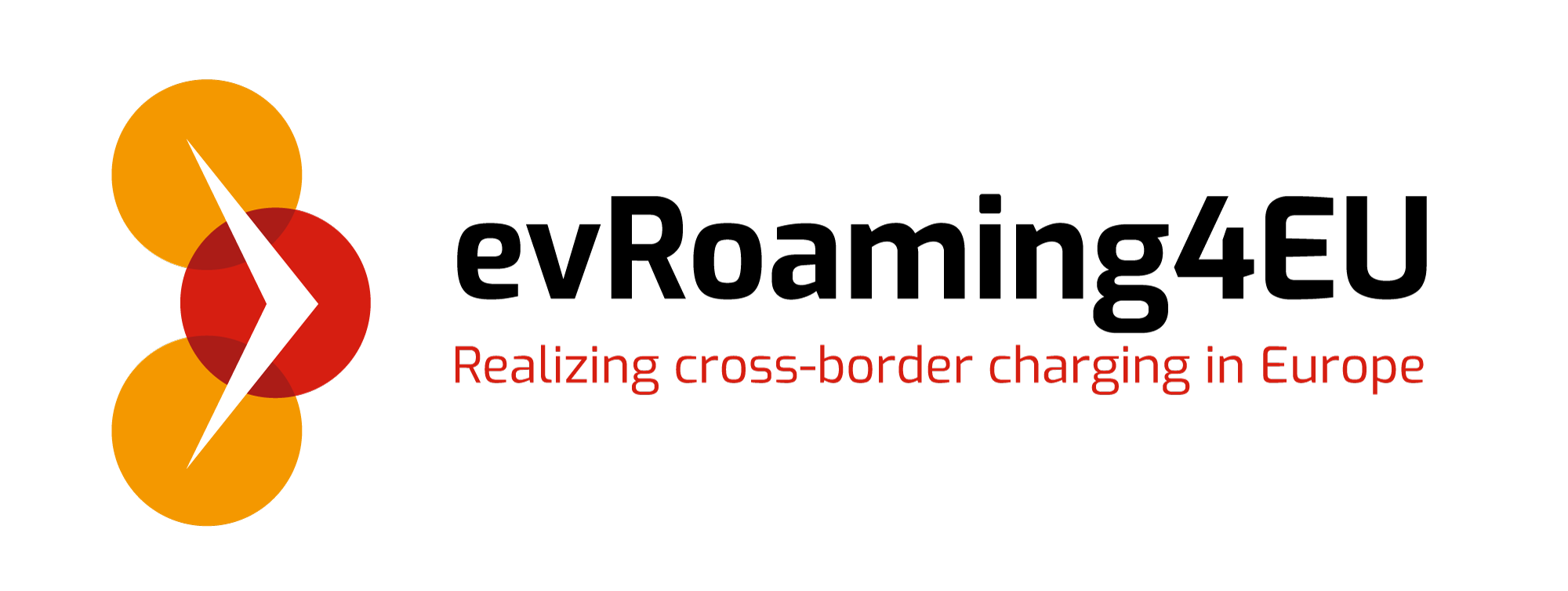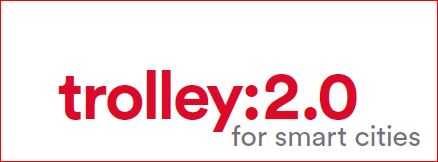A COMPREHENSIVE STRATEGY TO ACCELERATE THE INTEGRATION OF ELECTRIC BUSES INTO EXISTING PUBLIC TRANSPORT SYSTEMS
COSTART mitigates barriers to the implementation of electric buses into existing fleets. It addresses critical issues on different levels: vehicle components to extend the range and achieve high indoor thermal quality; vehicle operations in various geographies and traffic conditions; simulation and optimal fleet management; ownership, governance and business models.
Main Results
By applying components like advanced Heating, Ventilation and Air Condition (HVAC) systems in e-buses to meet passenger comfort requirements, COSTART has extended the range of e-buses without using fossil-based winter heating engines. The development and use of heat pump systems allow for true zero-emission e-buses throughout the seasons, even tested in arctic winter climate.
Through the monitoring and evaluation of e-buses in operations, COSTART has also developed improved components that support the Controller Area Network (CAN bus) for better communication between devices relating to the Energy Management System. A vehicle & fleet level analysis of grid-to-wheel energy consumption investigation for driving and climate control of e-bus fleet has been developed and tested. The result is a fleet assessment tool to guide authorities and operators while choosing a suitable fleet composition.
Finally, concerning large-scale implementations, battery buses with overnight depot charging tend to be an attractive and cost-effective solution on a mature bidding market for smaller and midsized cities.
Duration: 30 months
Partner Countries: DE, NL, NO, SE, TR
Website: COSTART (fontys.nl)
Important Outcomes: Model for Thermal Management System


